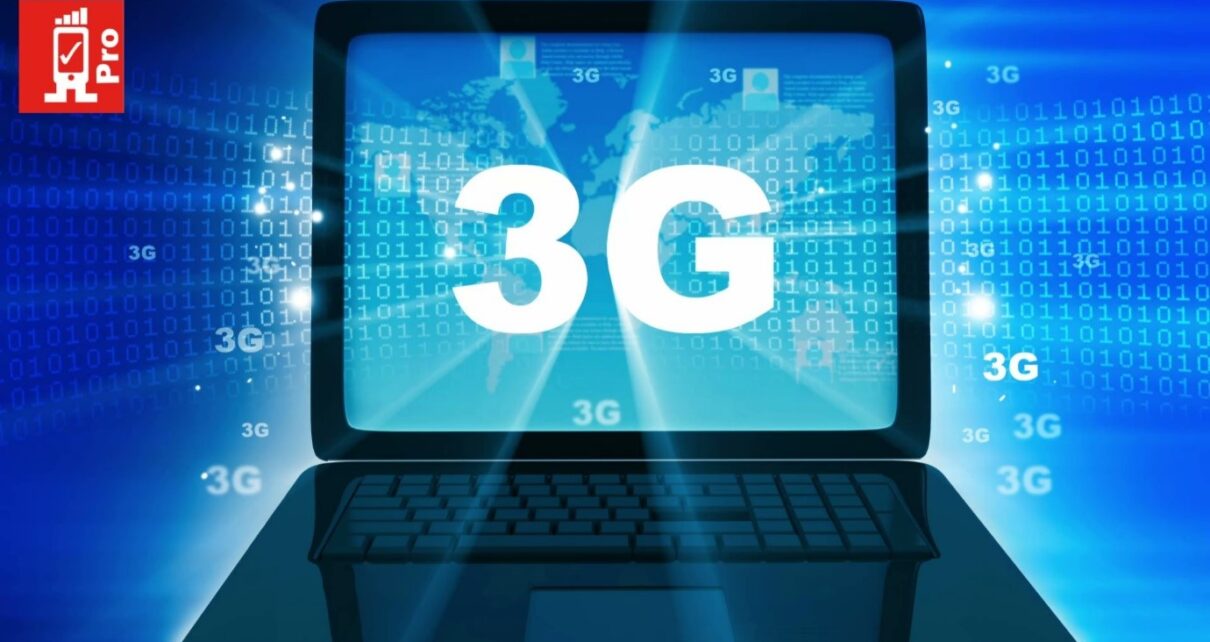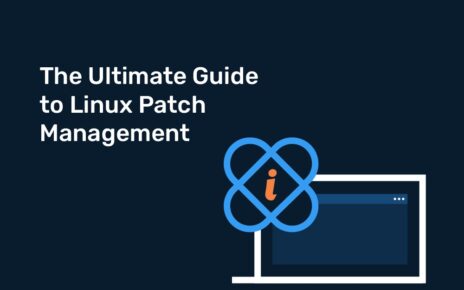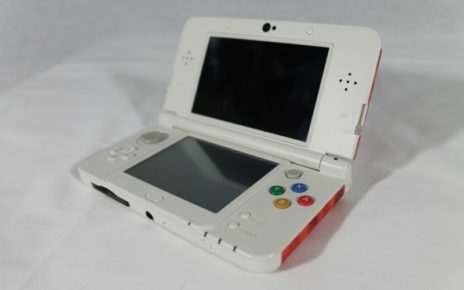3G is the third generation of wireless mobile telecommunications technology or telecommunication networks support services that provide an information transfer rate of at least 144 kbit/s. Communication is one of the most important things in human life as human beings have also adapted to the technology as well. The technology is changing day by day, data rate becomes faster, and equipment’s are also becoming compact.
3G is the upgrade over 2G, 2.5G, GPRS and 2.75G as the results of change in technology and enhanced data rates for GSM Evolution networks, offering faster data transfer, and better voice quality. This network was replaced by 4G, and later by 5G and now it is based on a set of standards used for mobile devices and mobile telecommunications use services and networks that fulfil with the IMT-2000 specifications by the International Telecommunication Union (ITU). So, now let use see the past, present, and future of 3G spectrum allocation along with Reliable 5g tester, 5G test equipment, 5g network tester tools and Reliable 4G Testing RF drive test software, Cellular LTE RF drive test tools & equipment in detail.
Attributes of 3G –
- The 3G network is controlled by service provider and more dependable than Wi-Fi.
- 3G Technology is more expensive and you must pay to enjoy the 3G services.
- 3G delivers the speed from 40 kbps to 70 kbps and supports both data and voice.
- The conveyor companies install the 3G connection which has been replaced by 4G networks at present.
- It is for WAN-established applications and transfers the data at low frequencies that are from 850 MHz to 1900 MHz.
- It covers a long range usually kilometres.
- 3G is for Wide area network-based applications and controlled by the service provider.
- 3G frequency is comparatively less stable and can only be installed by WAN carrier companies.
- It is more reliable as compared to Wi-Fi networks but the frequencies of 3G networks are less secured.
- 3G provides speeds of around 40 kbps to 70 kbps; transmits data at low frequencies ranging from 850 MHz to 1900 MHz.
The Past –
Spectrum was not charged in past, at the market rate. However, it came bundled with the license, therefore, the DoT charged spectrum usage charge (SUC). Operators were paying spectrum usage charge, anything between 2{72c6282674b68c35ce05171fe748f6a25019872dbda8b63f3c37567f5de021a9} to 6{72c6282674b68c35ce05171fe748f6a25019872dbda8b63f3c37567f5de021a9}, depending upon the quantum of spectrum starting from a minimum of 4.4 MHz for GSM and 2.5 MHz for CDMA. In 2008, CDMA operators were allowed GSM spectrum under the dual technology license on payment of an additional Rs 1600 Crores. In 2010, 3G and BWA spectrum were auctioned.
- Operators having acquired spectrum in 900 & 1800 MHz band in the year 2014.
- Operators will be charged SUC @ WA (weighted average) of both types of spectrums such as auctioned and administrative spectrum in 900 & 1800 MHz band.
- Operators will pay SUC without any auctioned spectrum as per the rate notified in 3G/BWA NIA.
- Operators must pay a minimum SUC @5{72c6282674b68c35ce05171fe748f6a25019872dbda8b63f3c37567f5de021a9} of the bid value of the actual SUC.
The Present –
The operators consider both kinds of spectrum which are auctioned and administrative. Operators with administrative spectrum (<=4.4 MHz) have a lower rate compared to operators with a much larger quantum of administrative spectrum, hence it might appear beneficial when it comes to reduce the total quantum of administrative spectrum to a minimum level, but the gains/losses are marginal. Therefore, the current SUC regime is much softer to the BWA spectrum (2.3/2.5 GHz band) compared to other bands.
The Future –
In future, all the administratively assigned spectrum will expire and the SUC rate will converge to the 5{72c6282674b68c35ce05171fe748f6a25019872dbda8b63f3c37567f5de021a9} rate. SUC will negatively impact government’s revenues, but the whole point of charging SUC at an increased rate was the fact that spectrum was assigned administratively, and auctions opened an additional revenue stream for the government at a much higher level.
Conclusion
3G is for a Wide area of network-based applications, a more expensive technology and it has much larger coverage hence 3G spectrum allocation is possible. To maintain 3G’s feature, you need to test network measurements by non-traditional technique because of its easy installation, cost-effective solutions, time-saving functionality and RantCell matches these characteristics. You can simply install RantCell software in any smartphone device that will not only help you to perform the networking tests but also to provide results in real time.





